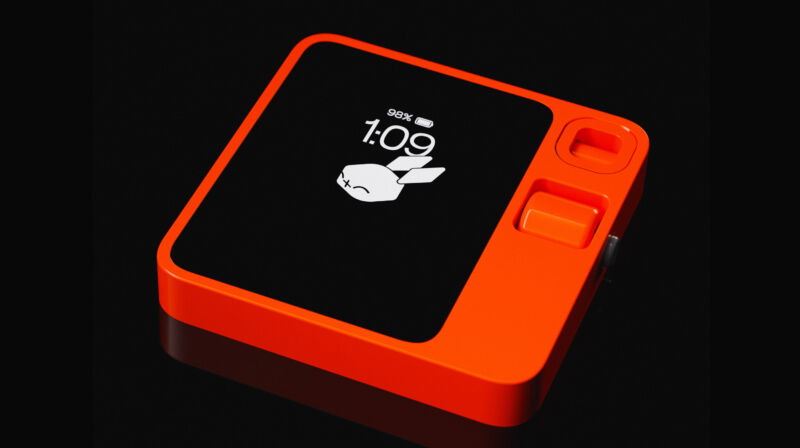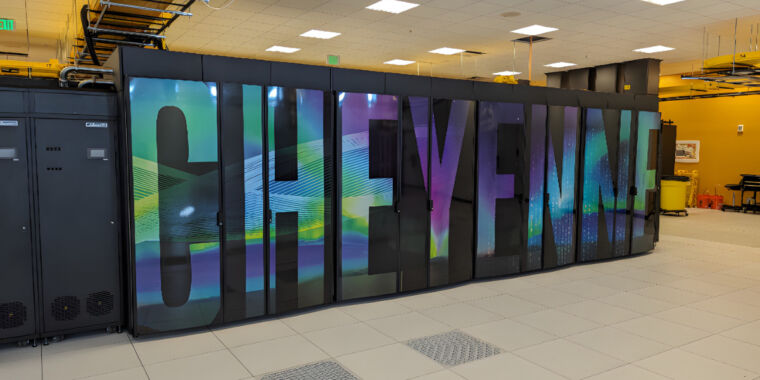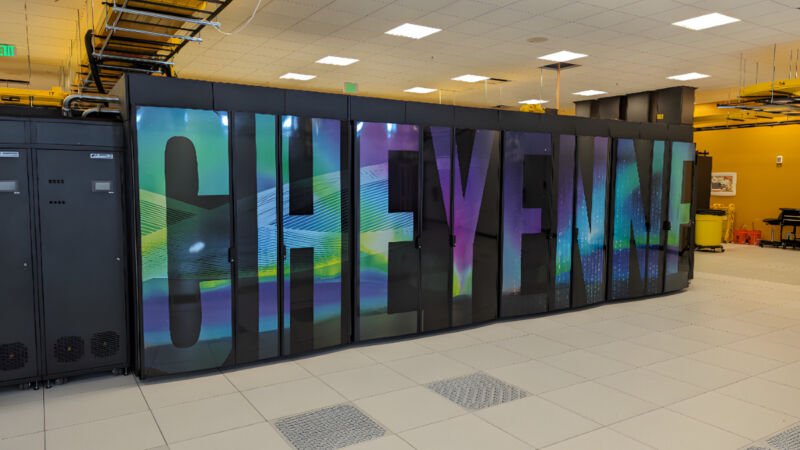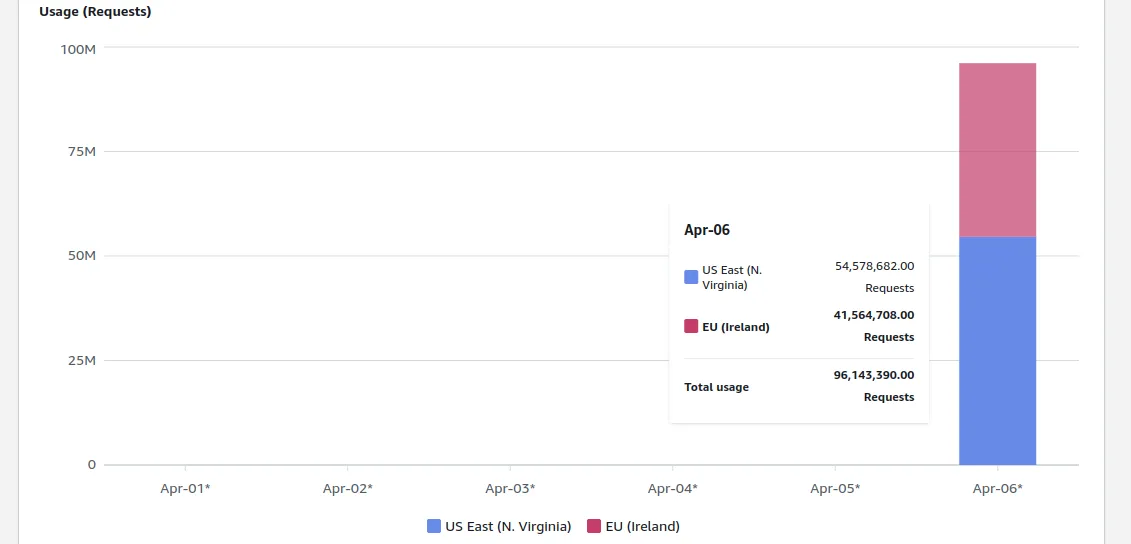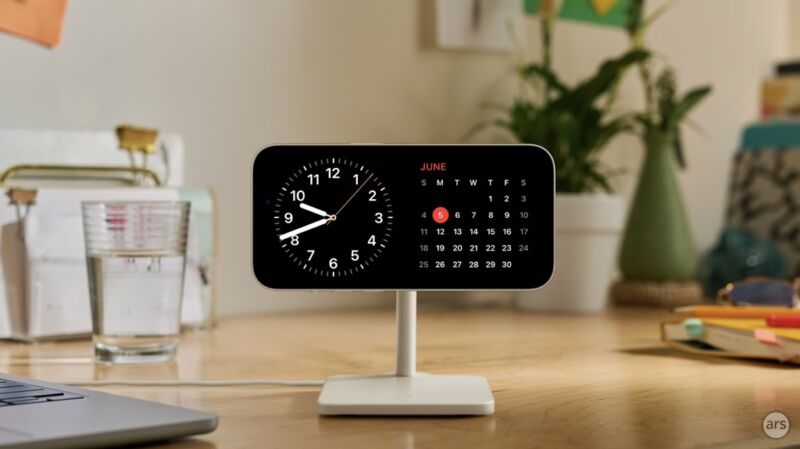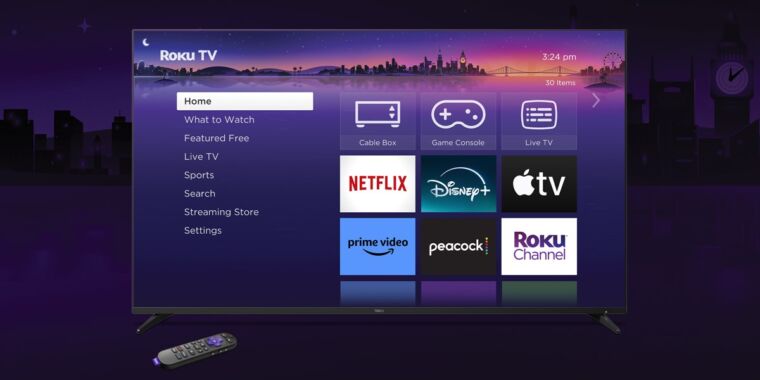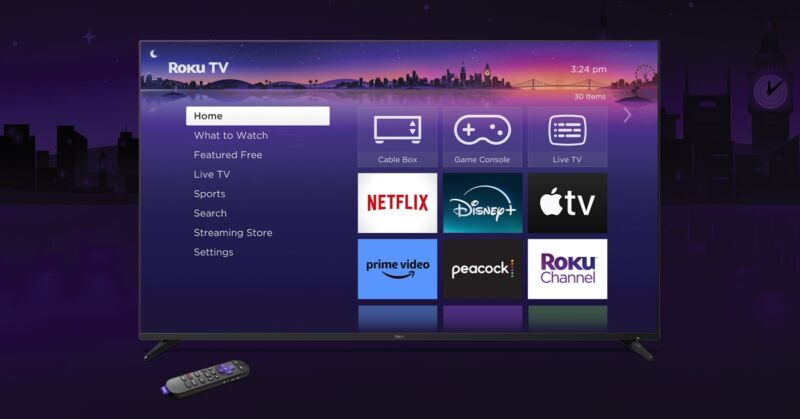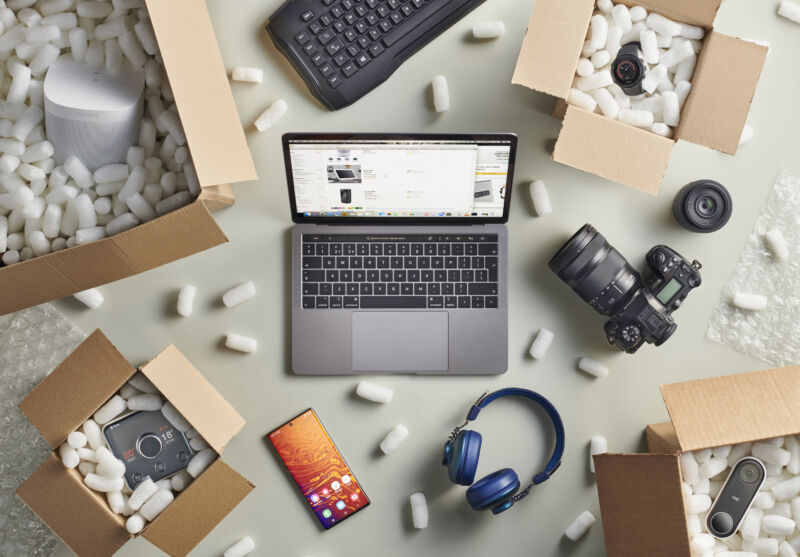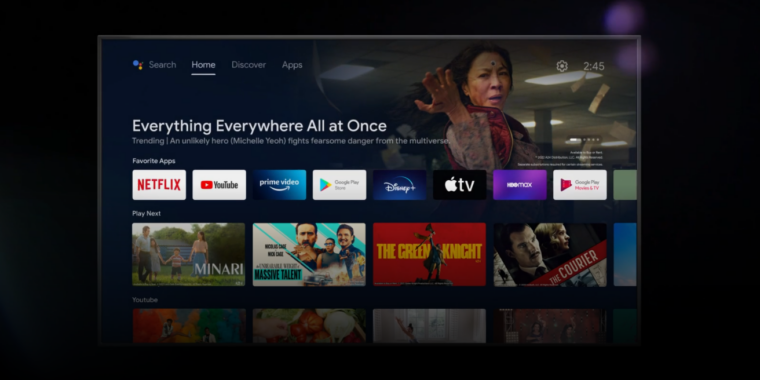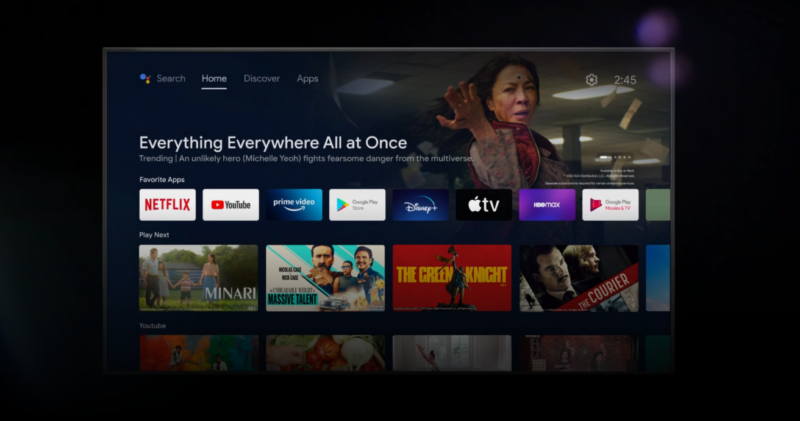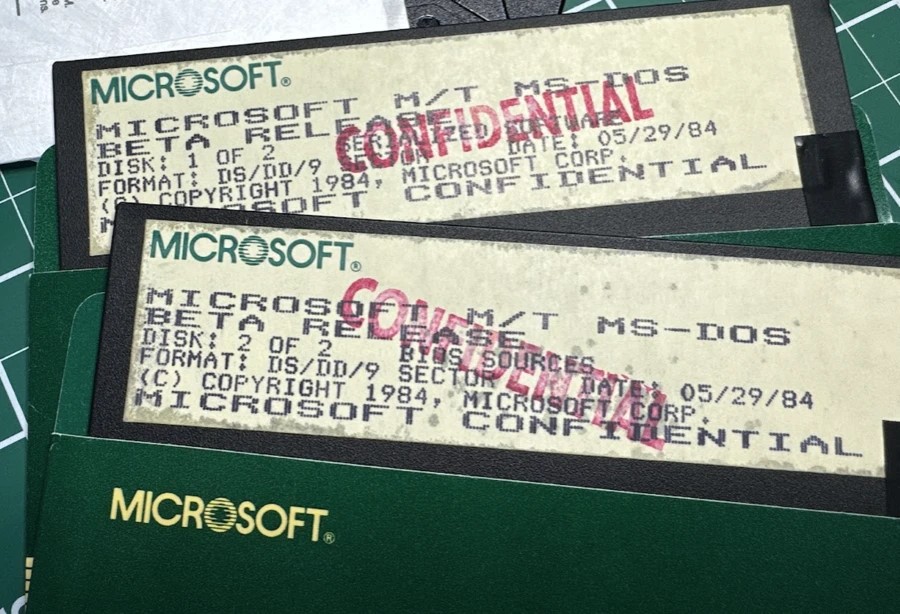All the ways streaming services are aggravating their subscribers this week

Streaming services like Netflix and Peacock have already found multiple ways to aggravate paying subscribers this week.
The streaming industry has been heating up. As media giants rush to establish a successful video streaming business, they often make platform changes that test subscribers’ patience and the value of streaming.
Below is a look at the most exasperating news from streaming services from this week. The scale of this article demonstrates how fast and frequently disappointing streaming news arises. Coincidentally, as we wrote this article, another price hike was announced.
We’ll also examine each streaming platform’s financial status to get an idea of what these companies are thinking (spoiler: They’re thinking about money).
Peacock’s raising prices
For the second time in the past year, NBCUniversal is bumping the price of Peacock, per The Hollywood Reporter (THR) on Monday.
As of July 18, if you try to sign up for Peacock Premium (which has ads), it’ll cost $7.99 per month, up from $5.99/month today. Premium Plus, (which doesn’t have ads), will go up from $11.99/month to $13.99/month. Annual subscription pricing for the ad plan is increasing 33.3 percent from $59.99 to $79.99, and the ad-free annual plan’s price will rise 16.7 percent from $119.99/year to $139.99/year.
Those already subscribed to Peacock won’t see the changes until August 17, six days after the closing ceremony of the 2024 Summer Olympics, which will stream on Peacock.
The pricing changes will begin eight days before the Olympics’ opening ceremony. That means that in the days leading up to the sporting event, signing up for Peacock will cost more than ever. That said, there’s still time to sign up Peacock for its current pricing.
As noted by THR, the changes come as NBCUniversal may feel more confident about its streaming service, which now includes big-ticket items, like exclusive NFL games and Oppenheimer (which Peacock streamed exclusively for a time), in addition to new features for the Olympics, like multiview.
Some outspoken subscribers, though, aren’t placated.
“Just when I was starting to like the service,” Reddit user MarkB1997 said in response to the news. “I’ll echo what everyone has been saying for a while now, but these services are pricing themselves out of the market.”
Peacock subscribers already experienced a price increase on August 17, 2023. At the time, Peacock’s Premium pricing went from $4.99/month to $5.99/month, and the Premium Plus tier from $9.99/month to $11.99/month.
Peacock’s pockets
Peacock’s price bumps appear to be a way for the younger streaming service to inch closer to profitability amid a major, quadrennial, global event.
NBCUniversal parent company Comcast released its Q1 2024 earnings report last week, showing that Peacock, which launched in July 2020, remains unprofitable. For the quarter, Peacock lost $639 million, compared to $825 million in Q4 2023 and $704 million in Q1 2023. Losses were largely attributed to higher programming costs.
Peacock’s paid subscriber count is lower than some of its rivals. The platform ended the quarter with 34 million paid users, up from 31 million at the end of 2023. Revenue also rose, with the platform pulling in $1.1 billion, representing a 54 percent boost compared to the prior year.
Sony bumps Crunchyroll prices weeks after shuttering Funimation
Today, Sony’s anime streaming service Crunchyroll announced that it’s increasing subscription prices as follows:
- The Mega Fan Tier, which allows streaming on up to four devices simultaneously, will go from $9.99/month to $11.99/month
- The Ultimate Fan Tier, which allows streaming on up to six devices simultaneously, will go from $14.99/month to $15.99/month
Crunchyroll’s cheapest plan ($7.99/month) remains unchanged. None of Crunchyroll’s subscription plans have ads. Crunchyroll’s also adding discounts to its store for each subscription tier, but this is no solace for those who don’t shop there on a monthly basis or at all.
The news of higher prices comes about a month after Sony shuttered Funimation, an anime streaming service it acquired in 2017. After buying Crunchyroll in 2021, Funimation was somewhat redundant for Sony. And now that Sony has converted all remaining Funimation accounts into Crunchyroll accounts (while deleting Funimation digital libraries), it’s forcing many customers to pay more to watch their favorite anime.
A user going by BioMountain on Crunchyroll said the news is “not great,” since they weren’t “a big fan of having to switch from Funimation to begin with, especially since that app was so much better” than Crunchyroll.
Interestingly, when Anime News Network asked on February 29 whether Crunchyroll would see prices rise over the next two years, the company told the publication that predicting a price change for that time frame would be improbable.
Crunching numbers
Crunchyroll had 5 million paid subscribers in 2021 but touted over 13 million in January, (plus over 89 million unpaid users, per Bloomberg). Crunchyroll president Rahul Purini has said that Crunchyroll is profitable, but not by how much.
In 2023, Goldman Sachs estimated that Crunchyroll would represent 36 percent of Sony Pictures Entertainment’s profit by 2028, compared to about 1 percent in March.
However, Purini has shown interest in growing the company further and noted to Variety in February an increase in “general entertainment” companies getting into anime.
Still, anime remains a more niche entertainment category, and Crunchyroll is more specialized than some other streaming platforms. With Sony making it so that anime fans have one less streaming service option and jacking up the prices for one of the limited options, it’s showing that it wants as much of the $20 billion anime market as possible.
Crunchyroll claimed today that its pricing changes are tied to “investment in more anime, additional services like music and games, and additional subscriber benefits.”
All the ways streaming services are aggravating their subscribers this week Read More »


